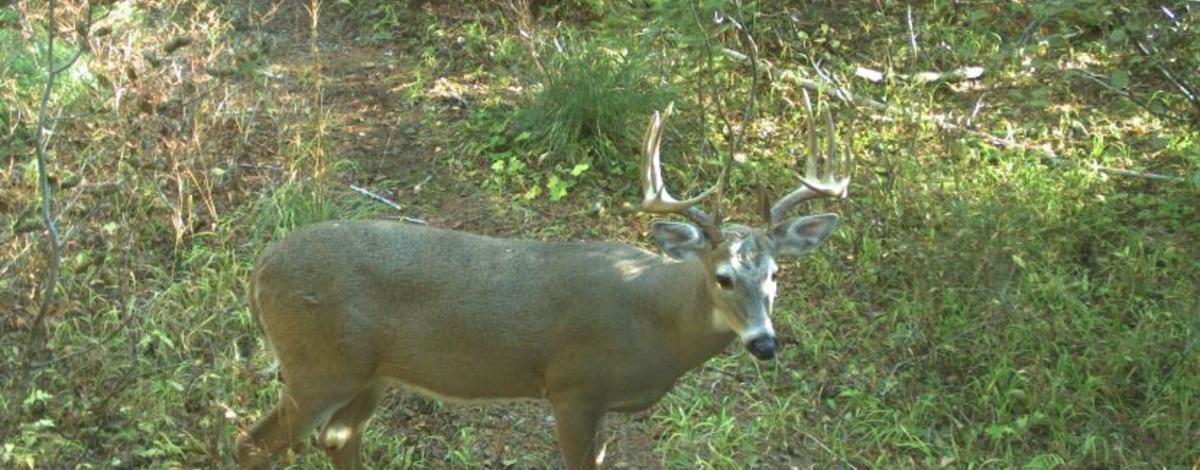Outbreaks of EHD (Epizootic Hemorrhagic Disease) are not uncommon to white-tailed deer in the Clearwater Region. This summer’s hot and dry weather pattern presents ideal conditions for deer to congregate at water sources where the disease-carrying biting gnat resides.
Fish and Game encourages folks out on the landscape to be on the lookout for white-tailed deer exhibiting symptoms of EHD. Please report dead or sick deer online at the Wildlife Health webpage or contact the Clearwater Region at (208) 799-5010.
To learn more about EHD, check out the following list of frequently asked questions.
Q: What are clinical signs of EHD in deer?
A: Clinical signs include sluggishness, difficulty breathing, and swelling of the head, neck and tongue. Ulcers or erosions of the tongue or gums may be present. Internal lesions include swelling and fluid accumulation in the lungs, ulcers in the abdomen and hemorrhages on the heart and intestines. Animals with chronic EHD can have abnormal hoof growth, hoof sloughing and sometimes are emaciated. Infected deer can also lose their appetite, become weak, can have bloody diarrhea, and show excessive salivation. They develop a rapid pulse and respiration rate along with fever, which is why they are frequently found lying in bodies of water to reduce their body temperature.
Q: How is EHD spread?
A: Hemorrhagic diseases can be spread to deer via the bites of Culicoides gnats (biting midges, no-see-ums) or deer to deer. Low water conditions and stagnant pools and ponds provide ideal breeding conditions for the gnats that transmit EHD. No prevention methods exist. Deer death numbers are likely to continue to increase until the weather cools and a hard frost kills biting gnat populations.
Q: What time of year is EHD usually observed?
A: Hemorrhagic diseases are not uncommon to the Clearwater region. Epizootic Hemorrhagic Disease outbreaks usually occur in late summer or early fall when warm and dry conditions cause animals to congregate at limited water supplies where the gnats also like to breed.
Q: Can EHD be spread to humans or pets?
A: Humans and domestic pets such as dogs and cats cannot be infected with the EHD disease. White-tailed deer are particularly susceptible, but it can affect mule deer. Cattle and sheep can be exposed to the virus, but they rarely exhibit clinical signs to the varieties of EHD that typically affect wildlife.
Q: Is the meat of an EHD infected deer safe to eat?
A: Our veterinary staff never recommends eating an animal with a fever and a widespread systemic infection. Deer that survive an EHD infection are safe to eat. These animals may exhibit a dark gritty liver. Our veterinary staff always recommends thoroughly cooking all game meat.
Q: What does Fish and Game do to monitor for EHD?
A: Fish and Game keeps track of reports of dead or sick deer, especially during the late summer months. Animals suspected of having EHD are sampled and tested at the wildlife health lab.
Please report dead or sick deer online at the Wildlife Health webpage or contact the Clearwater Region at (208) 799-5010.
There are several key differences between Chronic Wasting Disease (CWD) and Epizootic Hemorrhagic Disease (EHD). Check out the following State of Deer and Elk episode for information on these two diseases: The State of Deer and Elk: EHD vs. CWD (VIDEO) | Idaho Fish and Game

